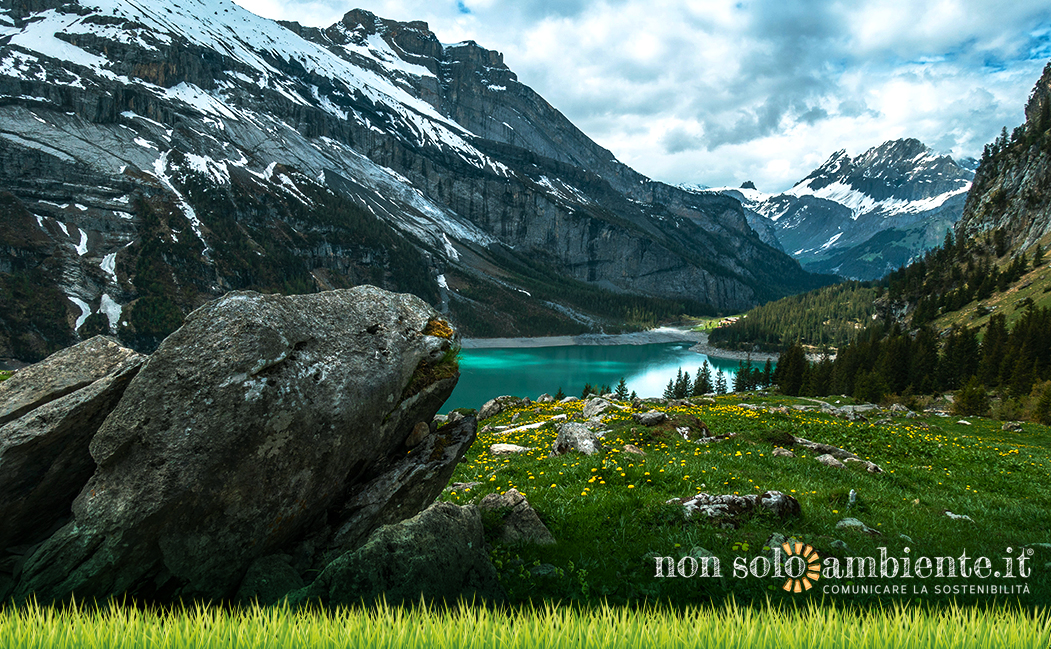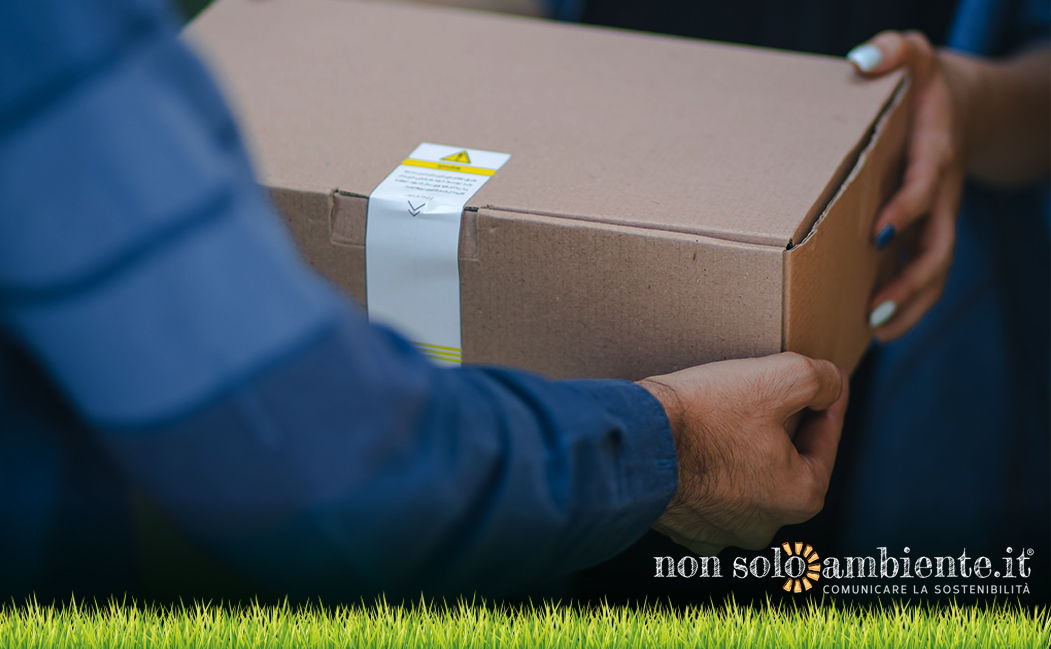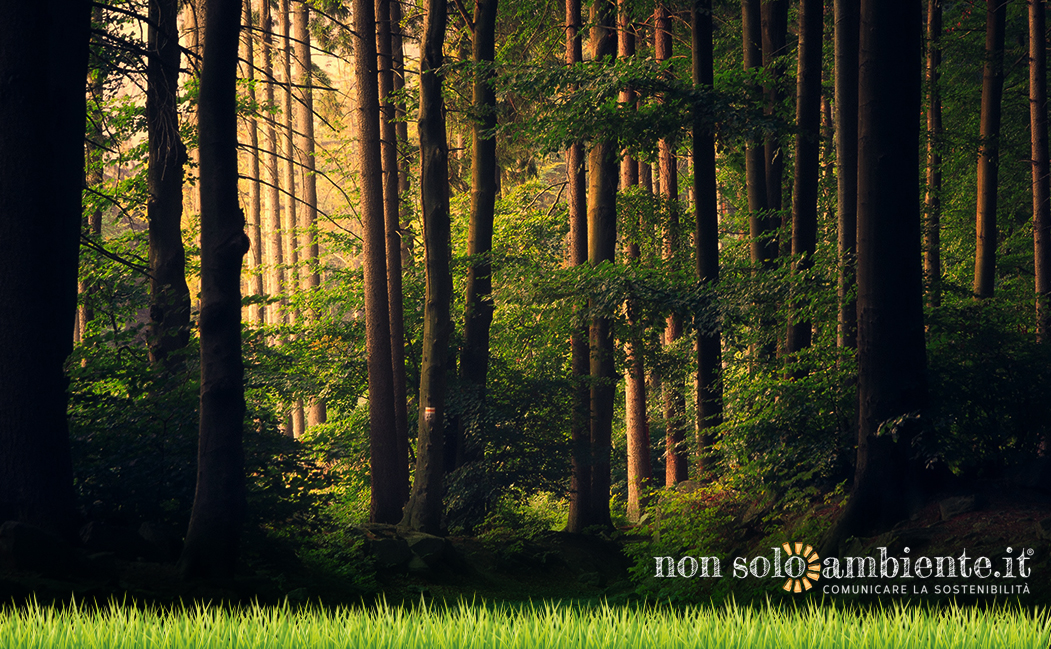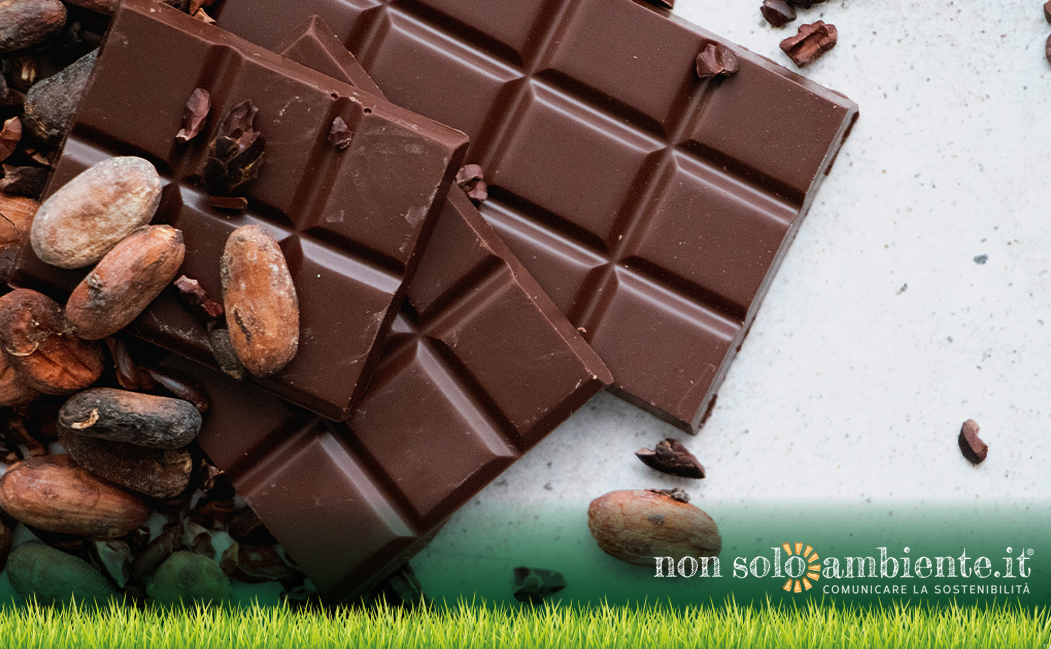
Ultime Notizie

The University of Bern’s Institute of Geological Sciences has released a video, in which a unique phenomenon is explained: the stones of rivers and streams on the Alps turn white!
Over a distance of more than one kilometre, the stones in the Ova Lavirun riverbed, which is a mountain stream in a remote side valley in the Engadine, are stained white. Christoph Wanner from the Institute of Geology at the University of Bern and Gerhard Furrer from ETH Zurich explain how this peculiar Alpine phenomenon happens in the video: “Il lat dals ovels alpins – When alpine streams turn white”.
The researching team led by Christoph Wanner have investigated how such colouring effect on riverbed stones happens and published their results in 2018. In the publication, the researchers proved that the stones fade because of deposits of white flakes of aluminium sulphate. In the video, the researchers show exclusive images of the Ova Lavirun and explain how the stones come to their snow-white colour. Due to the reports about the white mountain streams in the Engadine, Christoph Wanner has received many reports from the population about other locations where this unusual phenomenon occurs.
In the nearly nine-minute video, Christoph Wanner and his colleague Gerhard Furrer present research results where the analysed samples were taken. The explanations of the researchers play as voiceover to stunning pictures of Engadine’s alpine landscape at an altitude of up to 2,800 meters above the sea level. "The idea for the video came from Gerhard Furrer. He wanted to do something special about his retirement, and it is very important to him to inform the general public about environmental science issues. I was immediately enthusiastic about the idea," says Christoph Wanner.
Such occurrence is interesting for illustrating the geochemical processes in nature. The formation of the white pigment begins at the very top, at the source of the stream. Among other things, mineral pyrite is found in rocks, too. "When this mineral comes into contact with water, sulfuric acid is produced, which greatly lowers the pH of the water," explains Christoph Wanner. The acidic water then releases aluminium from the rock afterwards. To achieve a high enrichment with aluminium, a second factor plays an important role: the flow speed of the water. The source of the Ova Lavirun lies in a permafrost area and the ground is relatively flat.
Therefore, the water there moves slower through the subsurface – providing sufficient time for sulfuric acid to be produced and aluminium to be released from the rock. Once such processes are done, the aluminium-enriched water finally flows down the valley in the Ova Lavirun. This is followed by the last decisive "ingredient" for the white riverbed. The water merges with other mountain streams which are not influenced by pyrite. Christoph Wanner: "This increases the pH value again, and because the solubility of the aluminium decreases with increasing pH, the so-called 'precipitation' occurs." At this stage, aluminium sulphate flakes are formed, which cover the stones of the riverbed with a white layer.
Here you can take a look at the stunning video shot by the Institute of Geology at the University of Bern and ETH Zurich; aale!
Tags:
Potrebbero interessarti ...
Snam’s commitment to sustainability at Dubai Expo 2020
13 Ottobre 2021No more chocolate by 2050 because of extreme droughts effects
22 Settembre 2021How much CO₂ do urban forests absorb?
15 Settembre 2021Iscriviti alla nostra Newsletter!
Sei un sostenitore dell'ambiente in tutte le sue forme? Allora sei nel posto giusto!
Iscriviti subito!




